New Hawaiian Spot Kau Kau Treats the Cuisine with Care

Brandon and Tracee Hirahara launched Kau Kau as a pop-up before landing on NE Alberta Street.
Let’s talk about Hawaiian mac salad. Its ubiquity as a component of the classic “plate lunch” set—with two scoops of rice and a protein like kalua pig—belies complicated origins. Honolulu-based author and journalist Arnold Hiura credits the cold pasta’s adoption to a combination of international chefs cooking at hotels in Waikiki around the turn of the twentieth century and Asian chefs cooking for European landowners out on the pineapple and sugarcane plantations.
At Kau Kau, the Hawaiian pop-up turned restaurant on NE Alberta, Tracee Hirahara overcame some of her own prejudices to develop an elementally satisfying version of the dish. “I grew up hating mac salad,” she says. “Most of the time it’s just mayo, sugar, and noodles. But I figured, if I’m going to make it, I want to make sure it has flavor and acidity.” As with all foundational dishes, there are as many opinions about mac salad as there are recipes, and Hirahara’s approach has a healthy amount of mustard in the mix, plus shredded onion, diced pickles, and delicate, fluffy little cubes of potato. The end result is not remotely sweet, landing somewhere between a classic mac and a picnic potato salad.
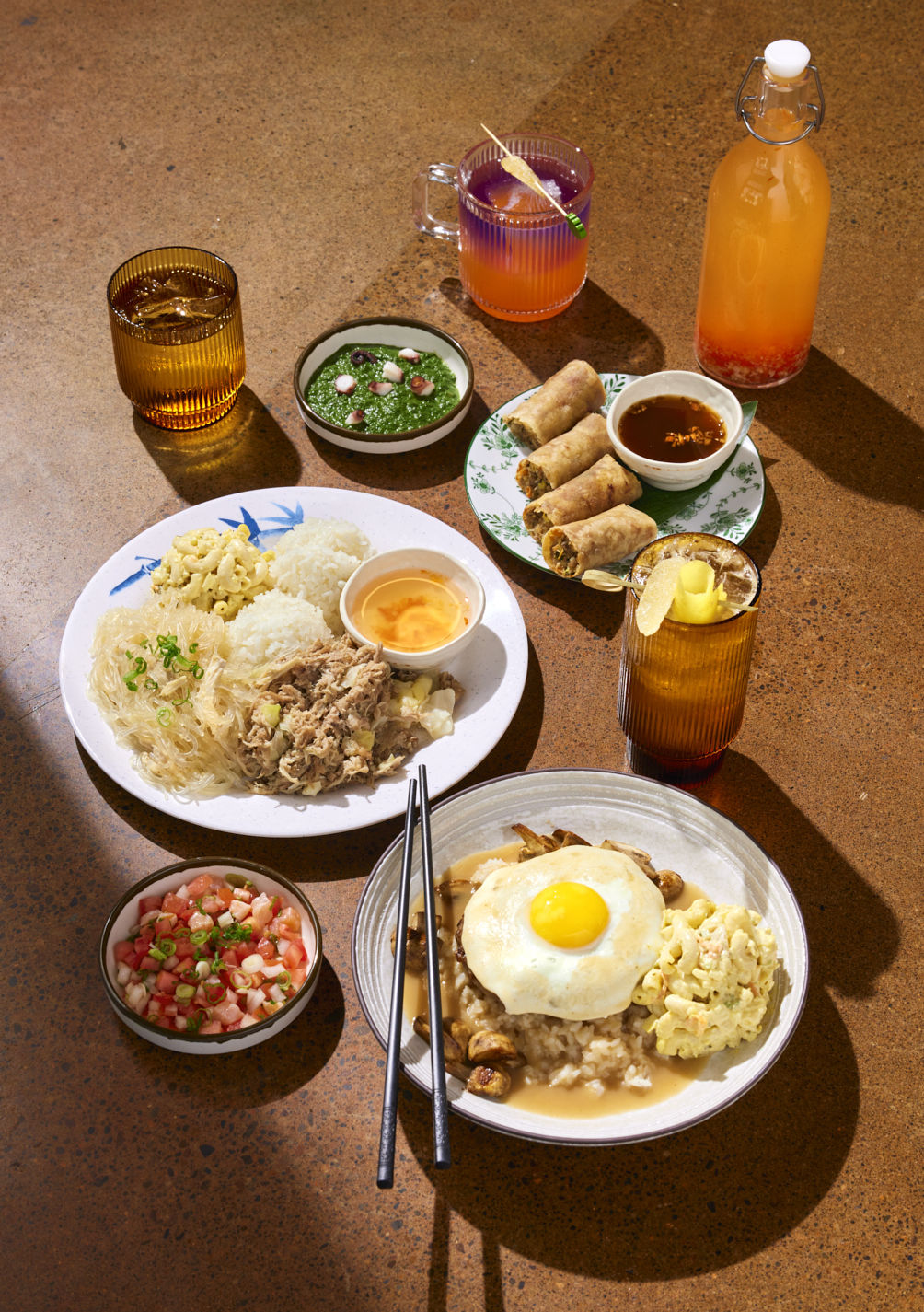
The Hiraharas treat Hawaiian food with a level of culinary consideration and care that’s rare outside the islands.
For years, Tracee and her husband and business partner, Brandon Hirahara, have asked Portlanders about how they view or experience Hawaiian food. “The vast majority of people lump it into a fast-food thing,” Brandon says, “with a ridiculously huge portion and a super cheap price. And that hurts. That’s not what it is.”
At Kau Kau, you’ll find these misconceptions rebutted to their very core. The Hiraharas treat Hawaiian food—a deeply rooted cuisine incorporating a polyphonous blend of Japanese, Chinese, Filipino, Korean, Portuguese, and midcentury American influences—with a level of culinary consideration and care that’s rare outside the islands. The couple makes their own chile pepper water (the iconic tingly Hawaiian vinegar condiment) in part with chiles sent from back home in Hawaii. They source meat and seafood from purveyors like Brandt Beef and Skuna Bay Salmon, splurge on pristine koshihikari rice, and recreate traditional recipes with serious cooking chops. “Using proper techniques and applying them to humble dishes—that’s really the goal,” Brandon says.

Black Angus beef loco moco and prime beef striploin meat jun sizzle on the grill.
The Hiraharas grew up on the island of Oahu and met while both working at the iconic Halekulani Hotel on Waikiki. Since 2011, they’ve lived in Portland, working at restaurants and bars across the city before finally landing in the orbit of Portland all-star restaurateur Akkapong “Earl” Ninsom. Tracee cooked at Eem, Brandon at Langbaan; Kau Kau began in 2021 as a pop-up dedicated to the food they grew up eating. Four years later, the couple has struck out on their own with a counter-service luncheonette that has kept its eight tables perpetually full since opening. The duo is hopeful to start dinner service this month.

The charming and cozy dining room at Kau Kau.
Within Kau Kau’s uncluttered walls, Hawaiian radio pop thumps through the speakers, like what you might hear on a drive around the islands. On outdoor patio tables, locals nurse Brando’s Brews, Hawaiian takes on micheladas with li hing mui rims. The vibe here is incredibly laid-back, almost disarming, no white tablecloths or fussiness whatsoever. But make no mistake: This food is capable of profundity. One day, a special of tempura-battered whole Oregon smelt may appear with a scallion-ginger sauce and sesame watercress; on another, a verdant green beef luau stew studded with crunchy lotus root. Combination plates incorporate dishes less common on the mainland. Tako lu’au is a particular highlight: taro leaves stewed with coconut milk and served with chewy bites of octopus, a contrast of flavors and textures, sweet and savory and deeply green, like steakhouse creamed spinach with an 808 area code.

Kau Kau rims its micheladas with li hing mui powder and scoops high-end koshihikari rice for sides.
But when the Hiraharas play the classics, they do so with remarkable skill. Brandon is serving his mom’s own recipe for garlic chicken—his mother, who works as a preschool teacher, is also a talented home chef. He brines the chicken overnight before dredging it in both flour and cornstarch; it sits uncovered in the walk-in to rehydrate, which creates a batter-like crust that stays shatteringly crispy while also adhering to the meat. Each piece sports a speckling of finely minced garlic, a pinch of sugar, chile flakes, and Aloha Shoyu, a brand of soy sauce brewed on Oahu since the 1940s.
The same level of complexity is given to the classic loco moco, an omnipresent Hawaiian dish of rice, brown gravy, and a hamburger patty, topped with a fried egg. At Kau Kau the patty—beautifully medium-rare, which allows the Black Angus beef quality to shine—achieves a sort of flavoristic dew point thanks to a bath of the Hiraharas’ scratch mushroom and beef gravy, the product of three days of skimming and simmering. Accompanied by that delicate rice, Tracee’s subtly textural take on mac salad, and a splash of the couple’s own chile pepper water condiment, which zips and lifts the whole thing with a shock of acidity, you arrive at a humble dish with sophisticated levels of harmony. Be generous with the chile pepper water and leave your preconceptions around Hawaiian cuisine where they belong, which is back outside on the street.
Share this content:
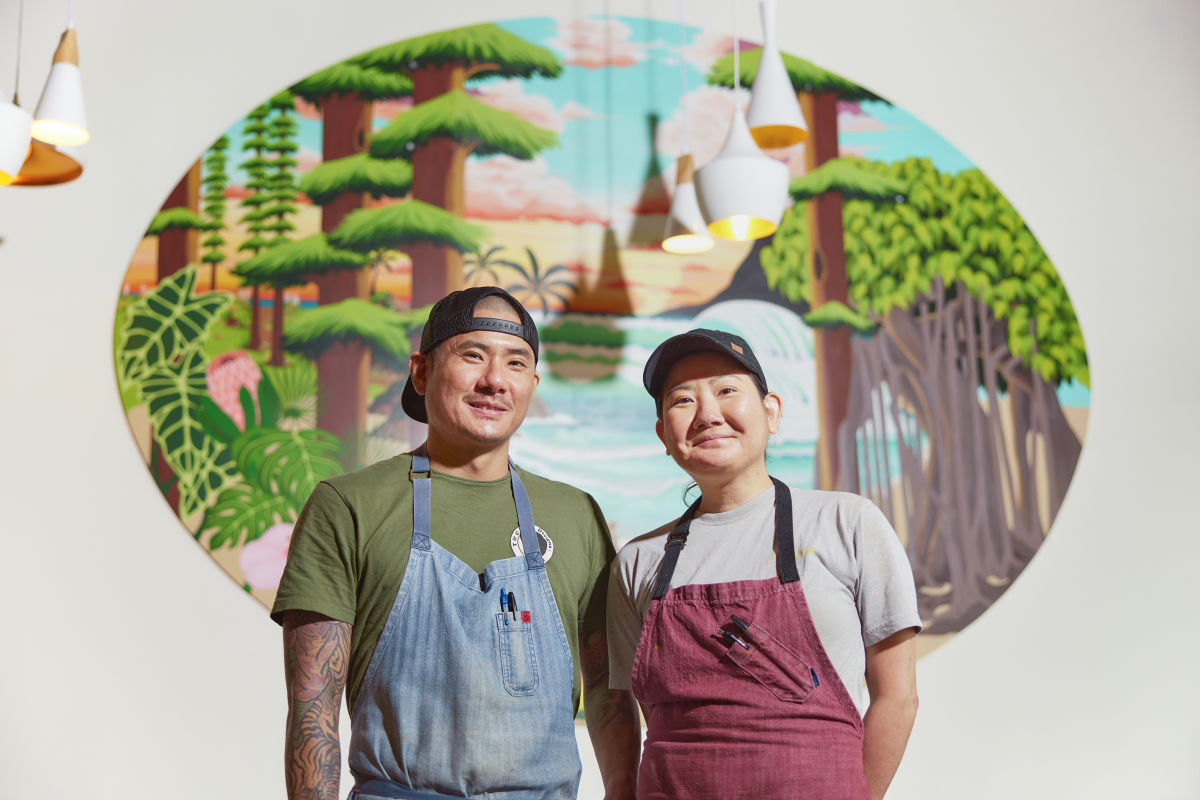

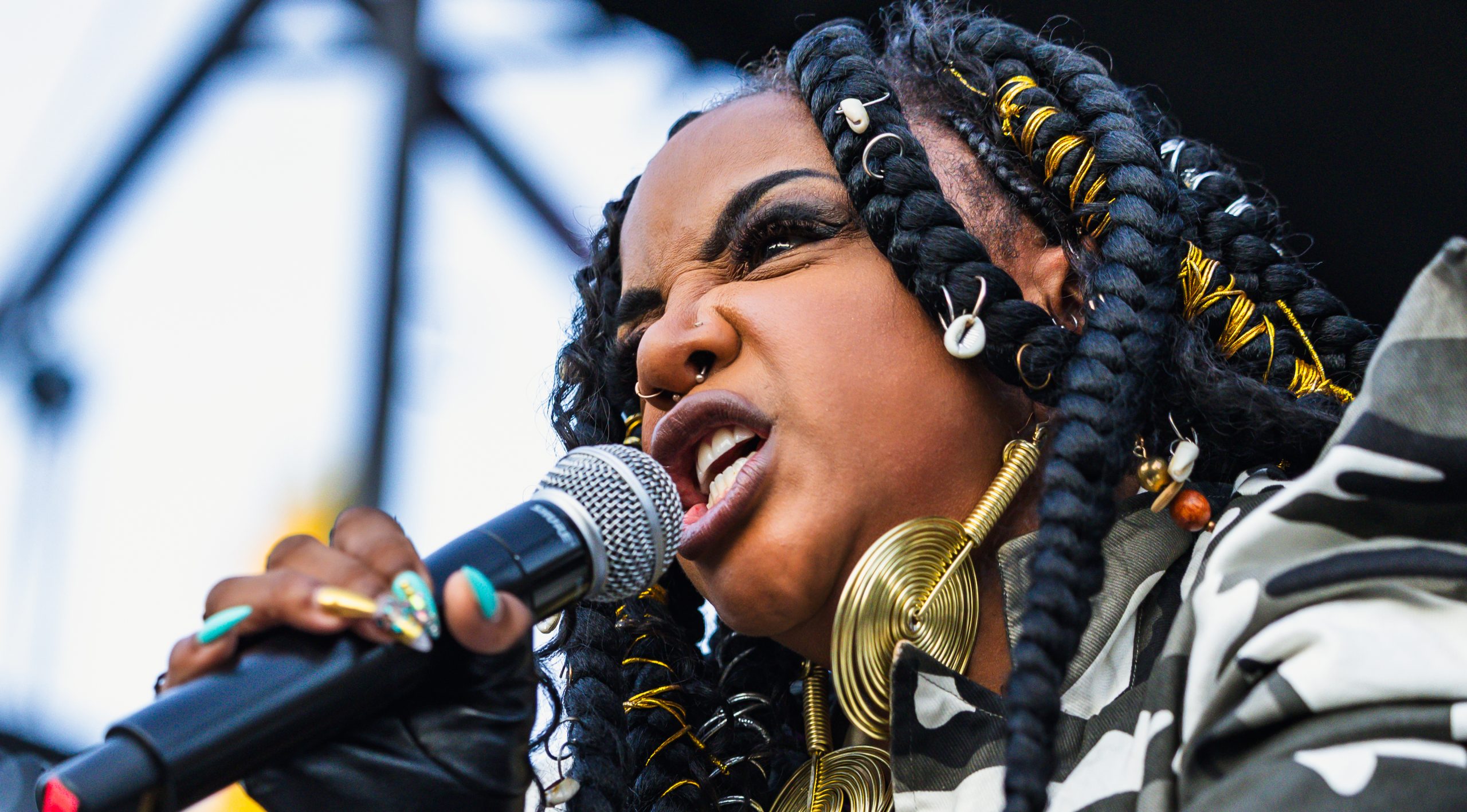

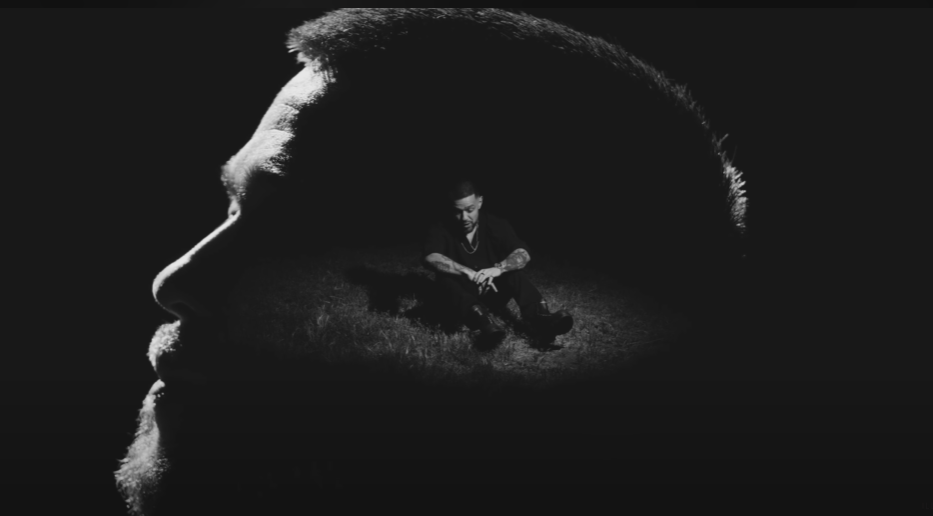






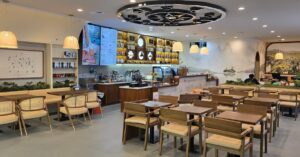


Post Comment